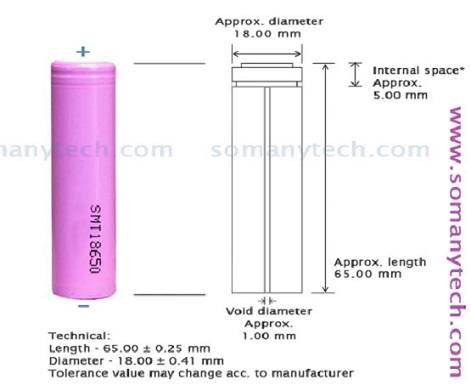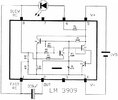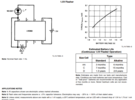Am I correct in assuming if I double the cycle time of this circuit from 4 seconds to 8 seconds it will double the life of the battery.?
This circuit flashes about, on 1 sec, off 1 sec, on 1 sec, off 1 sec.
If I change resistor R4 & R5 from 47K to 200K then circuit be on, 1 sec, off 3 sec, on 1 sec, off 3 sec.
I have already changed R3 & R6 from 470 ohm to 1000 ohms and get an unexpected surprise. Instead of each LED blinking for 1 sec now the LEDs stay on for 2 seconds. Apparently 1000 ohms makes the capacitor discharge slower. I have not yet tested to see if LED brightness has changed it needs to be visible from 250 ft away.
4 Eveready batteries are
$22.00 at Target
$20 at Kroger Grocery store.
$18 at Walmart
I am tired of changing batteries. Dollar store batteries were lasting 1 year but not anymore they are out dated when I buy new batteries. It would be great to get, 2, 3 or 4 years with better batteries.
I have not tested the voltage of 2 Eveready batteries in series yet. When volts drops to 2.7v circuit will not run.



This circuit flashes about, on 1 sec, off 1 sec, on 1 sec, off 1 sec.
If I change resistor R4 & R5 from 47K to 200K then circuit be on, 1 sec, off 3 sec, on 1 sec, off 3 sec.
I have already changed R3 & R6 from 470 ohm to 1000 ohms and get an unexpected surprise. Instead of each LED blinking for 1 sec now the LEDs stay on for 2 seconds. Apparently 1000 ohms makes the capacitor discharge slower. I have not yet tested to see if LED brightness has changed it needs to be visible from 250 ft away.
4 Eveready batteries are
$22.00 at Target
$20 at Kroger Grocery store.
$18 at Walmart
I am tired of changing batteries. Dollar store batteries were lasting 1 year but not anymore they are out dated when I buy new batteries. It would be great to get, 2, 3 or 4 years with better batteries.
I have not tested the voltage of 2 Eveready batteries in series yet. When volts drops to 2.7v circuit will not run.
Last edited:




